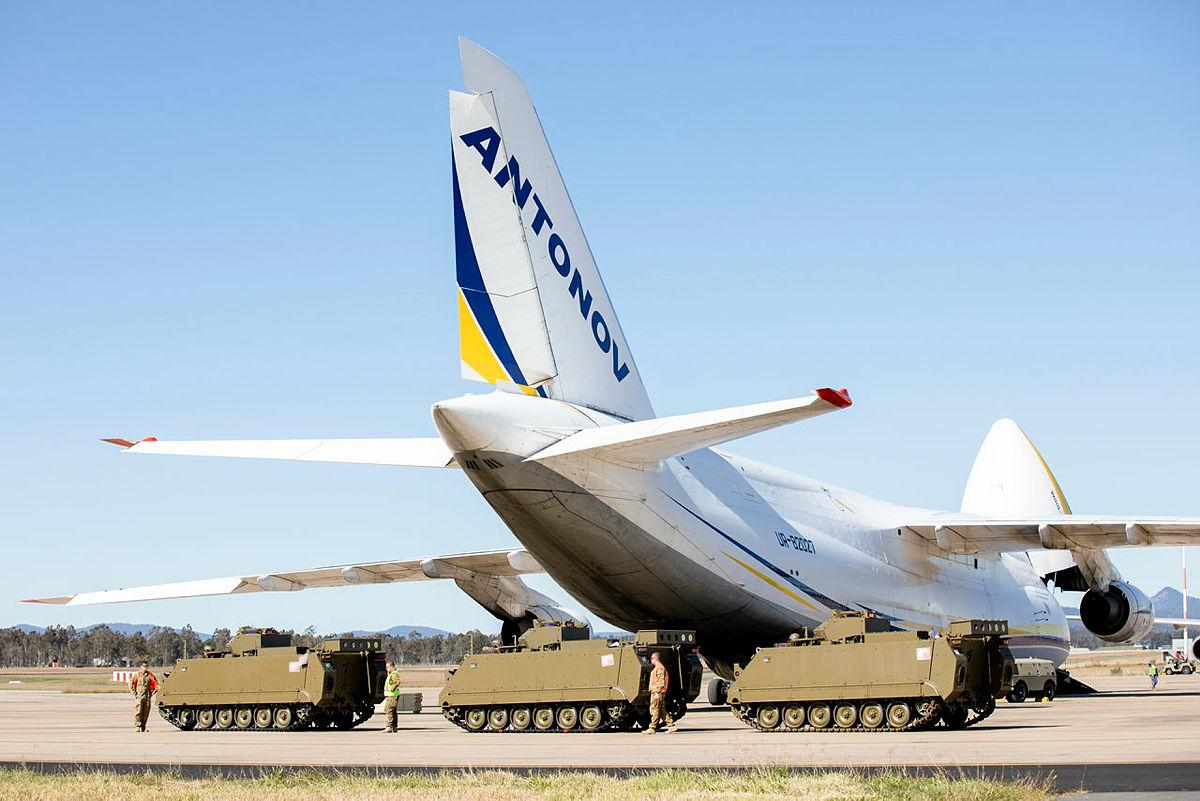
Sea state
China has launched its third aircraft carrier, Fujian, at the Jiangnan shipyard of China Shipbuilding Industry Corporation in Shanghai. This is China’s first flat-deck carrier and uses electromagnetic catapults to launch its aircraft. The People’s Liberation Army Navy has been steadily expanding its fleet with Type 055 destroyers and Type 039 submarines, among other vessels. While Fujian is not expected to be operational for three or four years, it will make China’s carrier fleet the world’s second biggest after that of the United States.
The Australian government will compensate French shipbuilder Naval Group to the tune of $835 million after the scrapping of the Attack-class submarine contract. The cancellation caused a fracture in diplomatic relations, with French President Emmanuel Macron accusing then Australian prime minister Scott Morrison of lying. Prime Minister Anthony Albanese hopes the settlement can help rebuild bridges and that his visit to Paris this week will provide an opportunity to reset the relationship.
Flight path
As NATO-supplied anti-aircraft weapons have made Ukraine’s airspace increasingly dangerous for hostile aircraft, Russian pilots have resorted to flying at extremely low altitudes to avoid detection. While this tactic protects aircraft from surface-to-air missiles, two Russian Su-25 jets recently crashed during low-level flights. Compounding these losses, a Russian Il-76 cargo plane approaching Ukraine caught fire and exploded last week. These crashes highlight a training crisis within the Russian Air Force, as experienced pilots capable of conducting aerial missions are in increasingly short supply.
This week, the US announced its interest in selling F-16 fighter jets to Turkey, just after Turkish President Recep Tayyip Erdogan’s decision to ‘lift his block’ on Sweden and Finland’s accession to NATO. Erdogan has criticised the US for delaying the deal which he sees as critical to modernising Turkey’s air force. Despite recent tensions, the possible F-16 deal and Turkey’s provision of military drones to Ukraine may facilitate closer relations between the US and Turkey.
Rapid fire
The first four of 14 Australian M113 armoured personnel carriers bound for Ukraine departed Royal Australian Air Force Base Amberley in mid-June. The M113s are a part of Australia’s more than $285 million in assistance to Ukraine, which consists of anti-armour weapons, 155-millimetre howitzers, ammunition, Bushmaster troop carriers and more. The APCs will provide greater protected mobility for Ukrainian troops fighting in the Donbas region.
The US Army is set to acquire at least 96 new light tanks under its mobile protected firepower, or MPF, program, with General Dynamics Land Systems winning the US$1.14 billion initial production contract. The MPF program was launched in 2017 to help provide infantry with additional mobile firepower and to help replace the M551 Sheridan airborne assault vehicle, which was retired in 1997. The program is part of a broader shift within the US Army to boost preparedness for conventional conflicts.
Final frontier
This week, NASA launched its first rocket from Australian soil in more than 25 years. The rocket carried an ultra-high-precision x-ray detector to investigate supernovas in a region of the Milky Way only observable from the southern hemisphere. The launch from the Arnhem space centre, 650 kilometres east of Darwin, was facilitated by Equatorial Launch Australia, a start-up founded in 2015. James Brown, chief executive of the Space Industry Association of Australia, said the launch demonstrated that the industry was maturing in Australia, and the launch would likely boost investment confidence.
The US Space Force has established a new unit, Space Delta 18, tasked with proving the US government with space intelligence. The unit will have two key missions, reporting on foreign space and counter-space capabilities. Space intelligence had previously been gathered by the National Air and Space Intelligence Center. The decision to stand up a separate space-focused centre highlights the growing importance of this domain.
Wired watchtower
Tech giant Microsoft has published a report detailing Russia’s ongoing cyber warfare efforts against Ukraine and allied governments. Since the beginning of the war, Microsoft detected 128 Russian network-intrusion efforts spanning 42 countries—29% were successful. The report draws attention to the increasing cyber threat facing Western allies and calls for a coordinated and comprehensive strategy that strengthens collective defence against Russia, during what Microsoft’s president called ‘the first major hybrid war’.
Closer to home, consumer group Choice named three of Australia’s largest retailers in a complaint regarding their use of ‘unwarranted’ and ‘unreasonably intrusive’ facial recognition technology in store security. Meanwhile, Adelaide City Council has deliberated installing cameras with facial recognition capabilities throughout the city. The new technology was intended to be used by South Australian police but the plan raised concerns in the council about a lack of proper legislative controls on the technology. While the use of facial recognition technology in Australia is increasing, technology and human rights experts say the regulatory frameworks necessary for its responsible use have not been developed.